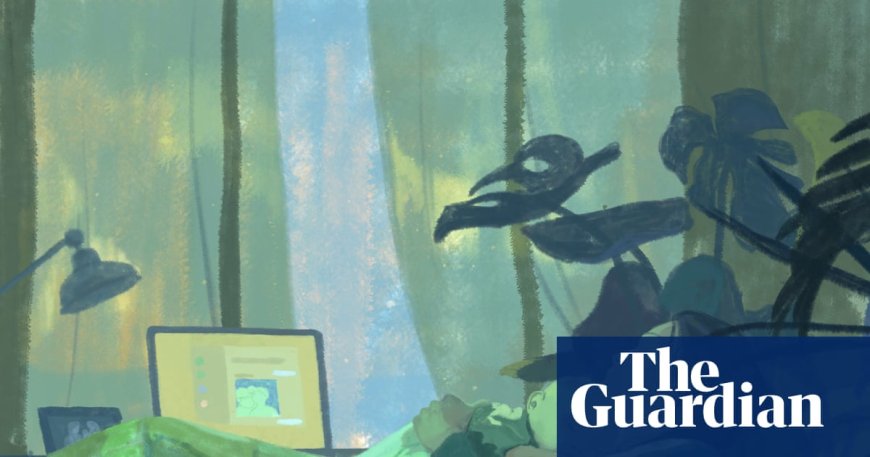Discovering a Rare Genetic Anomaly: My Daughter's Journey to Diagnosis and Community
After my daughter Maggie was born, she exhibited unusual joint stiffness and unique physical characteristics. Despite numerous tests, no diagnosis was found until a rare genetic condition, arthrogryposis multiplex congenita, was identified. Through online support groups, we connected with other families facing similar challenges, leading to a confirmed genetic anomaly of the ZC4H2 gene. This newfound community provided invaluable support and insights for navigating Maggie's medical journey.

Right after my daughter, Maggie, was born in 2012, she held her hands clasped together against her chest. The pediatrician noticed her unusually tight joints and rounded soles of her feet, hinting at a genetic condition. Tests ruled out fatal conditions but left Maggie without a clear diagnosis.
For months, I delved into medical charts until I found arthrogryposis multiplex congenita (AMC), a rare condition that fit Maggie's symptoms. A specialist clinic in Philadelphia offered some answers and a treatment plan.
Despite the lack of a definitive diagnosis, Maggie's progress amazed doctors and me. Her journey led me to connect with other parents in online support groups, eventually leading to the identification of a genetic anomaly on the ZC4H2 gene.
The diagnosis brought a sense of community and purpose, highlighting the importance of research into rare conditions for both affected individuals and humanity as a whole.
As Maggie faced new challenges like severe scoliosis, the support from online groups and fellow parents proved invaluable, guiding us through surgeries and treatment decisions.
Despite uncertainties, the shared experiences and knowledge exchanged in these online communities have been a lifeline for families navigating the complexities of rare genetic disorders.
According to the source: The Guardian.
What's Your Reaction?
 Like
0
Like
0
 Dislike
0
Dislike
0
 Love
0
Love
0
 Funny
0
Funny
0
 Angry
0
Angry
0
 Sad
0
Sad
0
 Wow
0
Wow
0

























































































































































































